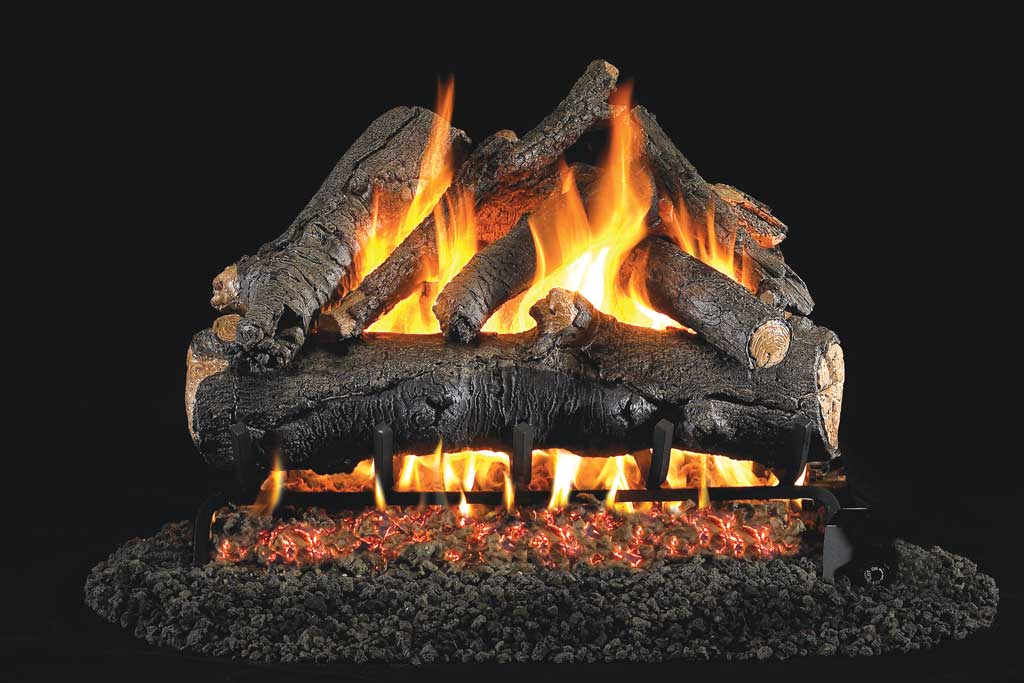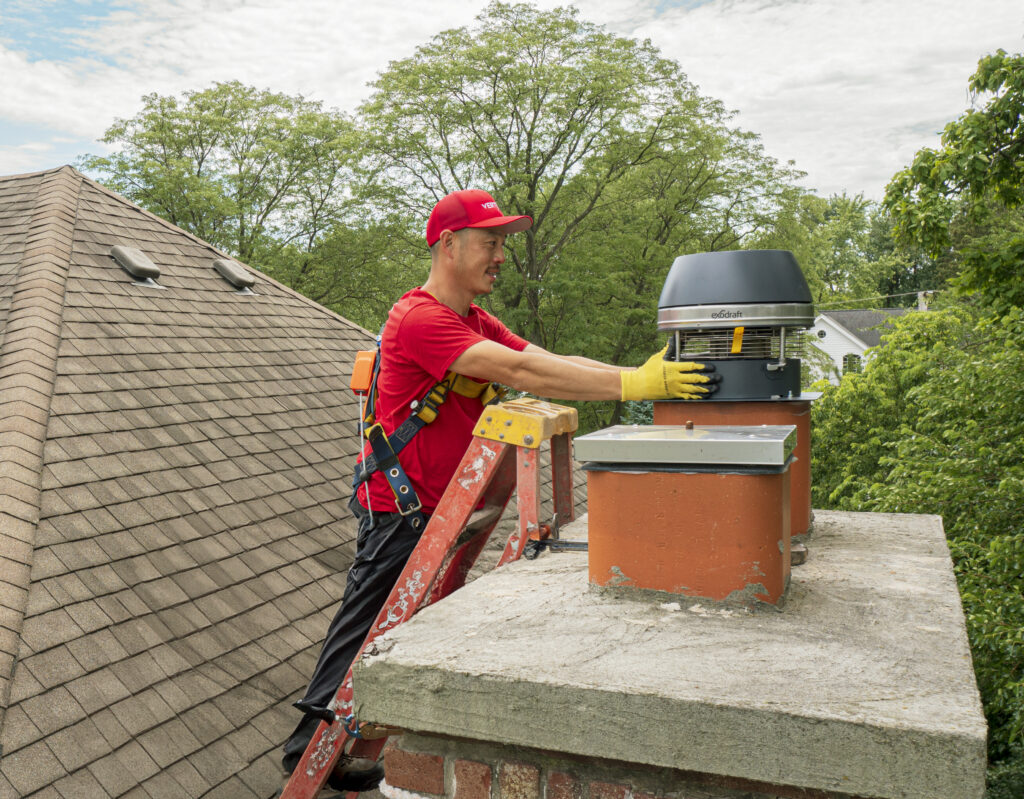
Why You Should Check
First and foremost, you should learn why you should always check to see if your fireplace damper is open or closed. Why? Well, an open damper will allow the smoke from the fire along with other harmful combustion byproducts to escape through the chimney and be channeled safely to the outside. An open damper also invites outside air that assists in keeping the fire alive. If your damper is closed while the fire is burning, then you could run into some serious trouble. Not only will the fire struggle because it’s not getting the outside air as its oxygen to fuel it, but your home will begin to fill with the toxic byproducts like carbon monoxide, a gas that can be fatal to humans and animals. Your home will fill with smoke, too, because as the fire lives and breathes, there’s no place for the smoke to channel out if the closed damper is blocking its only escape route. So, fortunately because of this, you’ll be able to realize your mistake nearly right away well before there’s a determinate carbon monoxide issue at hand. But don’t be mistaken, that’s not an invitation for you to take your time opening the fireplace damper back up once the room is flooded with smoke. Don’t put your health at risk by not checking the damper’s position before you start the fire or by not dealing with the closed damper quickly if smoke begins to billow into the home.
Investigating Your Fireplace Damper
You can find your fireplace damper at the base of the chimney. Know that there are three main types of damper styles:- Fireplace throat dampers
- Flue dampers
- Chimney cap dampers
How to Tell if Your Fireplace Damper Is Open or Closed
Visually inspect
First, perform a quick visual inspection. As mentioned, traditional dampers are located in the interior of the chimney’s base, so you’ll be able to crouch down and peer up inside the chimney to see the position of the damper. The damper is a piece of metal that can be angled by using the knob or chain used to control it to the open or closed position. If it’s too dark to properly see, then use a flashlight. If you can see up through the damper and past to your chimney’s interior, then the damper is open. If you only see the metal plate that’s blocking your line of sight, then the damper is closed.Check for a draft
Are you unsure as to whether the damper is open or closed? Stick your hand near the opening of the fireplace. If you feel air breeze against your hand, then it’s safe to say that the damper is open. If there’s a clear absence of a draft, then it’s closed.Check the controls
If you’re familiar with your fireplace damper controls, this is a great way to quickly see the position of the damper without having to poke your head up through the chimney. Standard handles will open the damper when they’re turned away from you, so if you cannot turn the handle any further, then the damper may be open. Pulling the handle towards you will close the damper. Other fireplaces use levers to operate the throat dampers by switching it to the right or left. A lever that’s pushed to the left will close the damper whereas a lever pushed to the right will open it. Finally, your fireplace damper may be controlled by a chain, a typical control for top-mounted dampers. The chain can be found on the inside of your fireplace. If it’s hooked to the side of the fireplace wall, then this probably means that the damper is closed. A chain that’s dangling freely and unsecured is a telltale sign that the damper is open.Listening
You can also tell if your damper is open or closed just by listening. You’d be surprised how amplified outside noises become when the damper is open. You’ll hear a whoosh of air, the passing traffic outside, and echoing from within the chimney itself.
